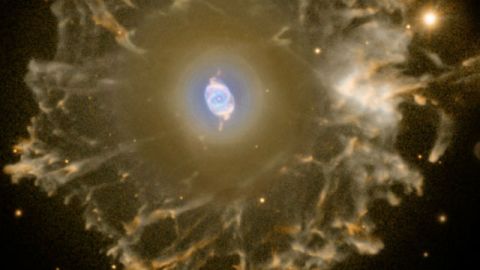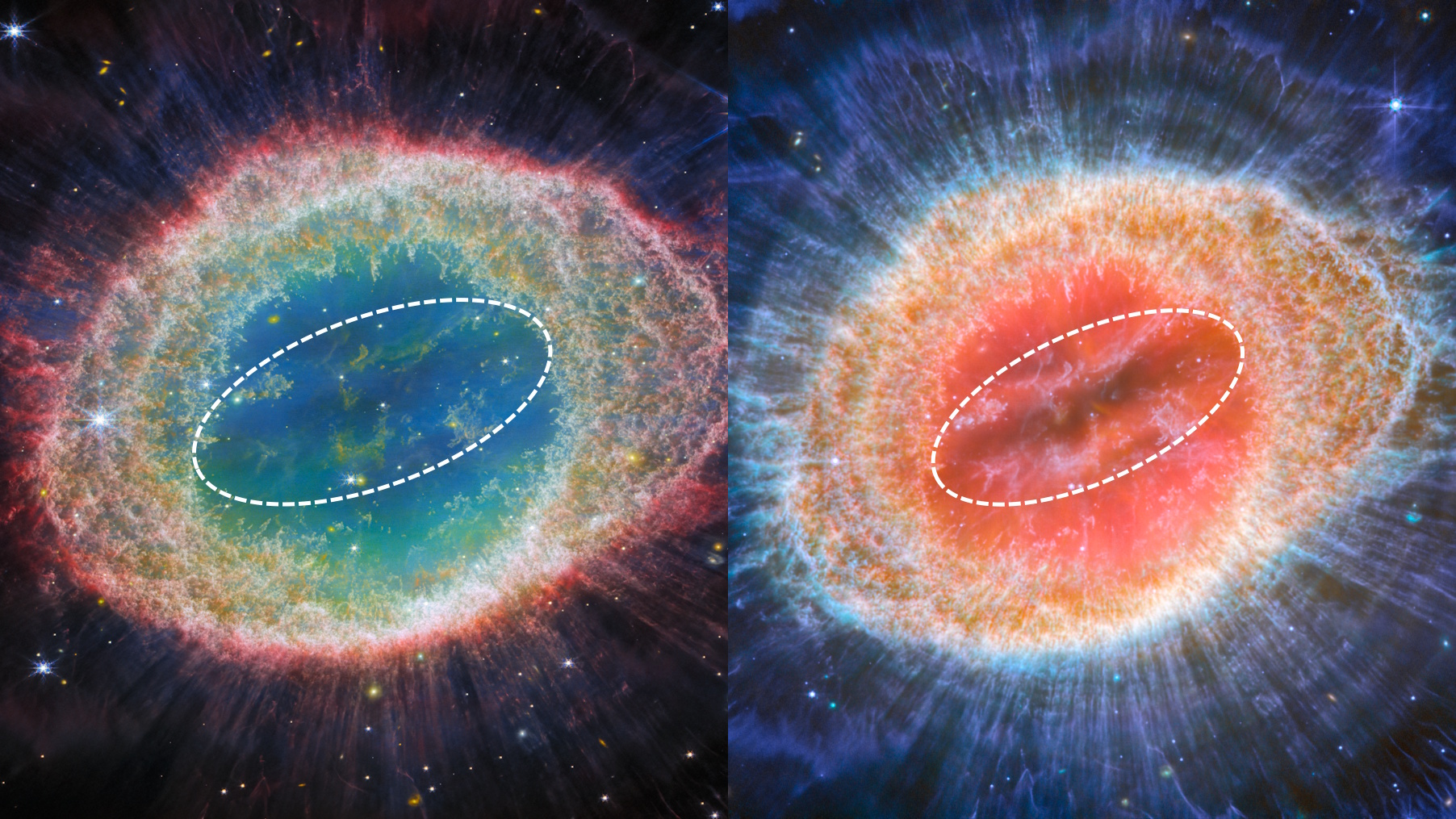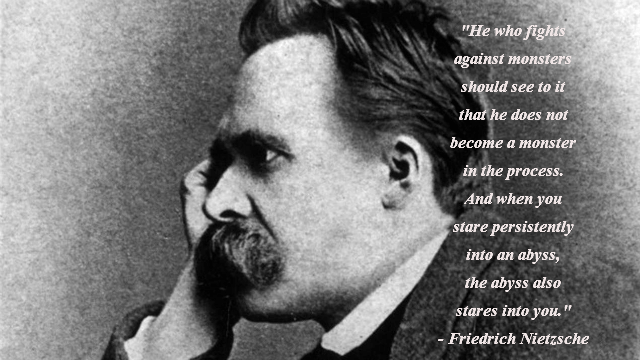Halo of the Cat’s Eye

No, this is not a still from David Lynch’s Dune. But it could be! The Cat’s Eye Nebula, or NGC 6543, is one of the better known planetary nebulae for stargazers, according to NASA. But this image is slightly altered: it’s a false-color picture processed to show off the nebula’s gaseous, three-light-years across halo.
More from NASA:
Made with data from the Nordic Optical Telescope in the Canary Islands, the composite picture shows extended emission from the nebula. Planetary nebulae have long been appreciated as a final phase in the life of a sun-like star. Only much more recently however, have some planetaries been found to have halos like this one, likely formed of material shrugged off during earlier active episodes in the star’s evolution. While the planetary nebula phase is thought to last for around 10,000 years, astronomers estimate the age of the outer filamentary portions of this halo to be 50,000 to 90,000 years.
Image credit: NASA





